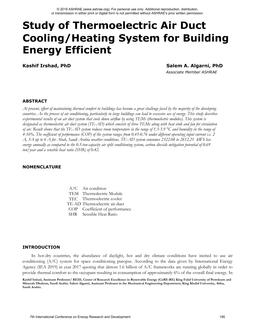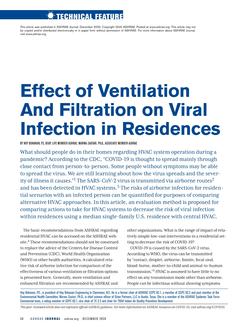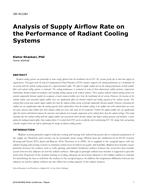The analysis described here examines how uncertainties in engineering and economic assumptions made during chilled water system design translate to uncertainty in commonly used design decision metrics. The metric used is the benefit-cost ratio based on discounted cash flow. This analysis was performed as part of a project that is developing engineering tools for use in selecting energy-efficient chilled water system components, controls, and operating strategies. These tools include cooling thermal load prediction capabilities and performance data and models for chillers and cooling towers. The purpose of this study is to estimate accuracy requirements for the load and performance data that will be provided as part of the chilled water system tools. The logic is that there is inherent uncertainty in the decision metric due to uncertainty in inputs other than load and equipment performance, and, consequently, there is a limit below which further improvements in the accuracy of the load and equipment performance do not appreciably improve the quality of information available to the decision maker.
Units: Dual
Citation: Symposium, ASHRAE Transactions, vol. 105, pt. 2, Seattle 1999
Product Details
- Published:
- 1999
- Number of Pages:
- 11
- File Size:
- 1 file , 540 KB
- Product Code(s):
- D-7468


